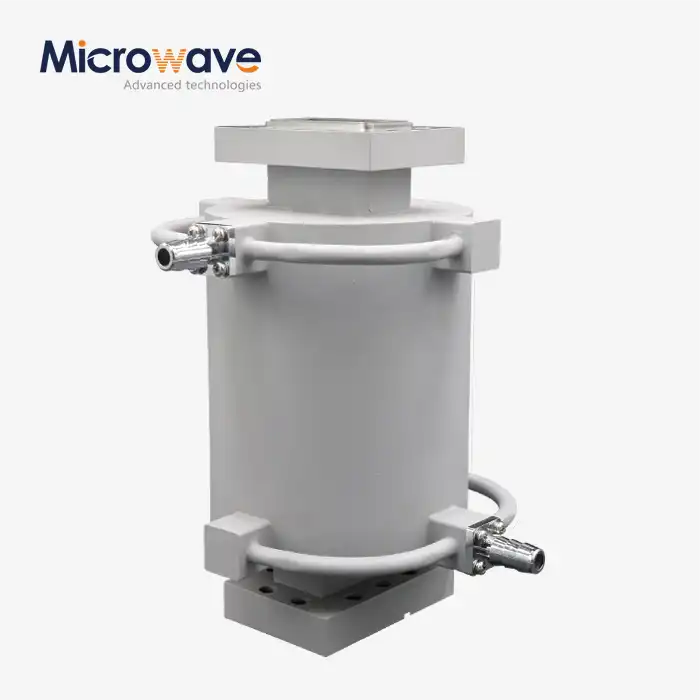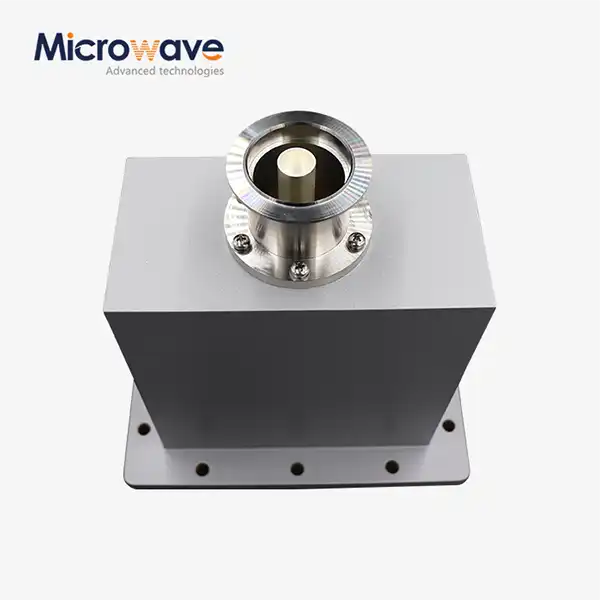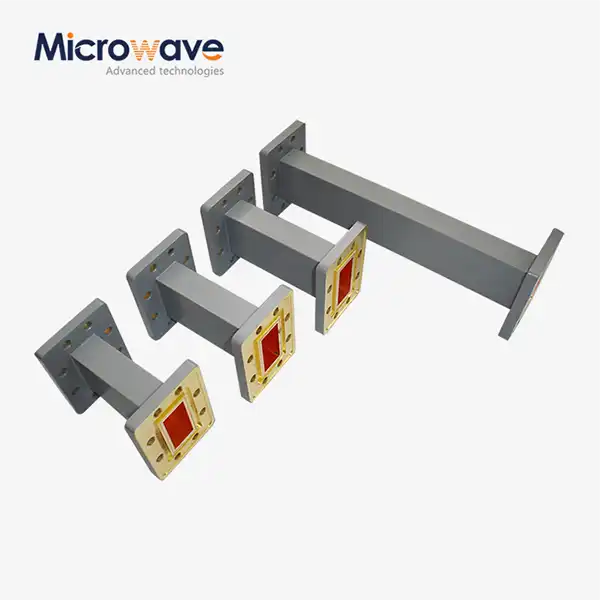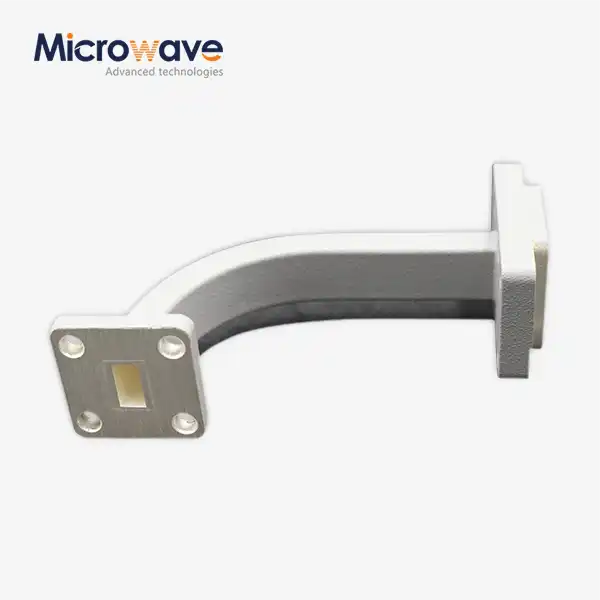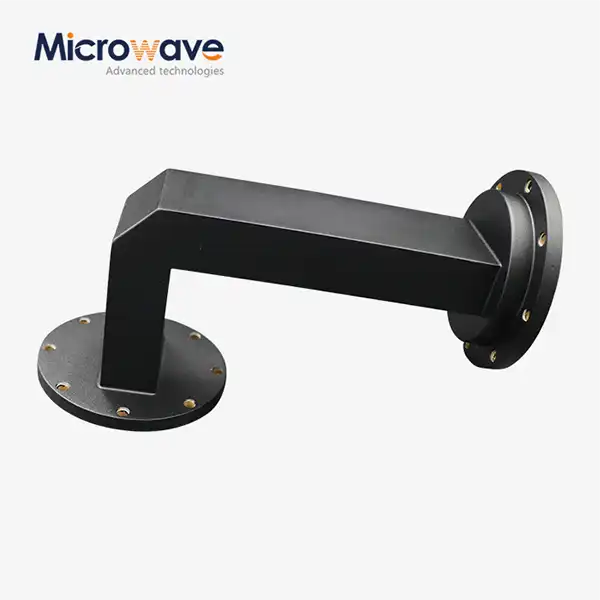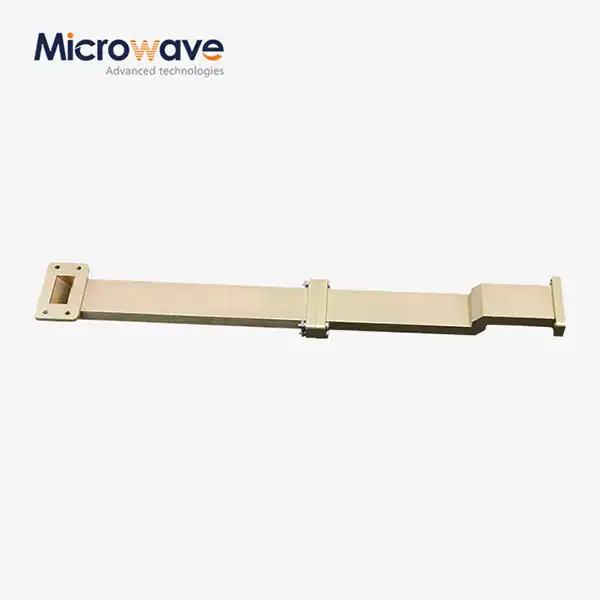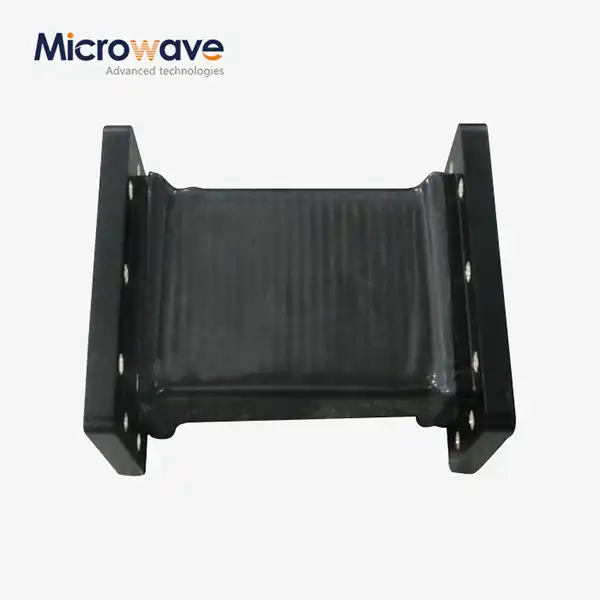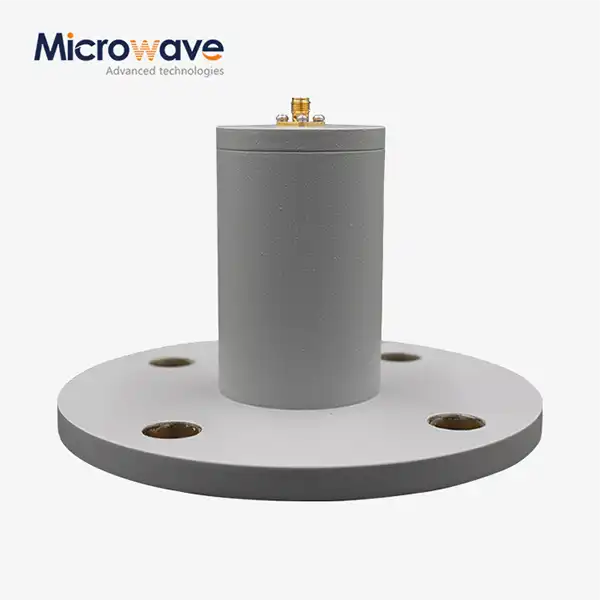Planar Spiral Antennas vs. Traditional Antenna Types:A Comparative Analysis of Performance and Design
In the rapidly evolving landscape of wireless communication technologies, antenna design remains a critical factor determining system performance. Among the diverse array of antenna configurations available today, planar spiral antennas have emerged as a compelling alternative to traditional antenna types due to their unique characteristics and performance advantages. This comprehensive analysis explores how planar spiral antennas compare with conventional antenna designs across various performance metrics, design considerations, and application scenarios. By examining the fundamental differences in operational principles, physical configurations, and practical implementations, this article aims to provide engineers, researchers, and industry professionals with valuable insights for making informed decisions when selecting antenna solutions for modern communication systems.
Design Philosophy and Fundamental Architecture
Architectural Evolution: From Traditional to Planar Spiral
Traditional antenna designs like dipoles, monopoles, and patch antennas have dominated the wireless communication landscape for decades. These conventional approaches typically operate within relatively narrow frequency bands and often require substantial physical space for optimal performance. The architectural philosophy behind these designs prioritizes simplicity and predictable radiation patterns at the expense of bandwidth and compactness. In contrast, planar spiral antennas represent an architectural paradigm shift, embracing frequency-independent principles that enable exceptionally wide operational bandwidths. Advanced Microwave Technologies' Planar Spiral Antenna exemplifies this evolution with its sophisticated spiral geometry meticulously calculated to maintain consistent impedance characteristics across frequencies ranging from 1 GHz to an impressive 40 GHz. This architectural transformation reflects a fundamental rethinking of antenna design priorities, emphasizing versatility and multi-frequency operation within a compact form factor.
Material Selection and Manufacturing Considerations
Material selection plays a pivotal role in differentiating planar spiral antennas from their traditional counterparts. Conventional antennas often utilize standard materials like copper on FR-4 substrates, imposing inherent limitations on performance at higher frequencies due to dielectric losses. Planar spiral antennas, however, demand more sophisticated material considerations to maintain their wideband characteristics. Advanced Microwave Technologies employs high-quality, precisely engineered materials in their Planar Spiral Antenna that can support consistent electrical properties across the entire operational spectrum. The manufacturing processes for these antennas involve advanced lithography and etching techniques that achieve the precision required for maintaining the critical geometric relationships that govern spiral antenna performance. These sophisticated material and manufacturing considerations contribute significantly to the Planar Spiral Antenna's ability to maintain low VSWR (Voltage Standing Wave Ratio) values across its operational bandwidth, ensuring minimal signal reflection and maximum power transfer in demanding applications like satellite communications and radar systems.
Polarization Mechanics and Radiation Pattern Characteristics
The polarization characteristics of planar spiral antennas represent another significant departure from traditional antenna designs. While conventional antennas typically offer linear polarization or require additional elements to achieve circular polarization, planar spiral antennas inherently generate circular polarization as a fundamental characteristic of their geometry. The Advanced Microwave Technologies Planar Spiral Antenna leverages this intrinsic property, with the spiral direction determining the rotation direction of the polarization. This inherent circular polarization capability makes these antennas particularly valuable in applications where multipath effects could otherwise cause signal fading or where the orientation between transmitting and receiving antennas cannot be precisely controlled. Furthermore, the radiation pattern of planar spiral antennas exhibits unique characteristics compared to traditional designs, radiating most power in an effective working area with minimal radiation in its structure extension direction. This controlled radiation pattern provides significant advantages in electronic reconnaissance applications where directional sensitivity combined with wideband operation is essential for effective signal intelligence gathering.

Performance Metrics and Technical Capabilities
Bandwidth Performance and Frequency Agility
In the realm of bandwidth performance, planar spiral antennas demonstrate remarkable superiority over traditional antenna types. Conventional antennas typically operate efficiently within a limited frequency range, often restricted to bandwidths of 10-20% of their center frequency. This limitation necessitates multiple antennas for systems requiring operation across disparate frequency bands. In stark contrast, the Planar Spiral Antenna from Advanced Microwave Technologies exhibits extraordinary wideband capabilities, functioning seamlessly across a frequency spectrum from 1 GHz to 40 GHz with consistently low VSWR values throughout this range. This exceptional bandwidth performance eliminates the need for multiple antenna solutions, significantly reducing system complexity, space requirements, and integration challenges. The frequency-independent nature of planar spiral designs stems from their self-complementary geometry, which maintains consistent impedance characteristics regardless of operating frequency. This remarkable frequency agility makes the Planar Spiral Antenna particularly valuable in electronic warfare scenarios, signals intelligence applications, and broadband communication systems where rapid frequency hopping or simultaneous multi-band operation is essential for mission success.
Size-to-Performance Ratio and Integration Efficiency
Traditional antenna designs often face fundamental physical constraints that link wavelength to antenna dimensions, resulting in prohibitively large structures for lower frequency applications. Conventional wisdom in antenna engineering suggests that effective radiators must typically measure at least a quarter-wavelength at the operating frequency. For applications in the 1-2 GHz range, this translates to antenna dimensions measured in feet rather than inches. Planar spiral antennas challenge this conventional relationship between size and performance, offering remarkably efficient radiation characteristics from a compact planar structure. Advanced Microwave Technologies' Planar Spiral Antenna achieves this favorable size-to-performance ratio through its specialized geometry that effectively distributes current to create efficient radiation despite its compact dimensions. With customizable sizes and a lightweight construction, these antennas deliver gains ranging from 3 dBi to 8 dBi while maintaining a low-profile form factor that dramatically simplifies integration into space-constrained systems. This exceptional integration efficiency makes planar spiral antennas ideal for mobile platforms, aerospace applications, and modern communication devices where every millimeter of space carries a premium.
Durability and Environmental Resilience
The performance envelope of any antenna system extends beyond electrical characteristics to include physical resilience and environmental durability. Traditional antenna types often present vulnerabilities to environmental factors, with exposed elements susceptible to corrosion, physical damage, or performance degradation under extreme conditions. The planar spiral antenna architecture offers inherent advantages in environmental resilience due to its compact, integrated structure. Advanced Microwave Technologies' Planar Spiral Antenna leverages this architectural advantage through the use of high-quality, durable materials specifically selected to withstand harsh operational environments. These specialized materials maintain consistent electrical properties across wide temperature ranges, resist humidity and salt spray exposure, and withstand mechanical stress without performance degradation. This exceptional environmental durability makes the Planar Spiral Antenna particularly suitable for aerospace, defense, and military applications where reliability under adverse conditions is non-negotiable. Unlike many traditional antennas that may require protective radomes or special environmental treatments, the inherent robustness of properly designed planar spiral antennas ensures consistent performance characteristics throughout the operational lifetime, reducing maintenance requirements and improving overall system reliability in mission-critical applications.
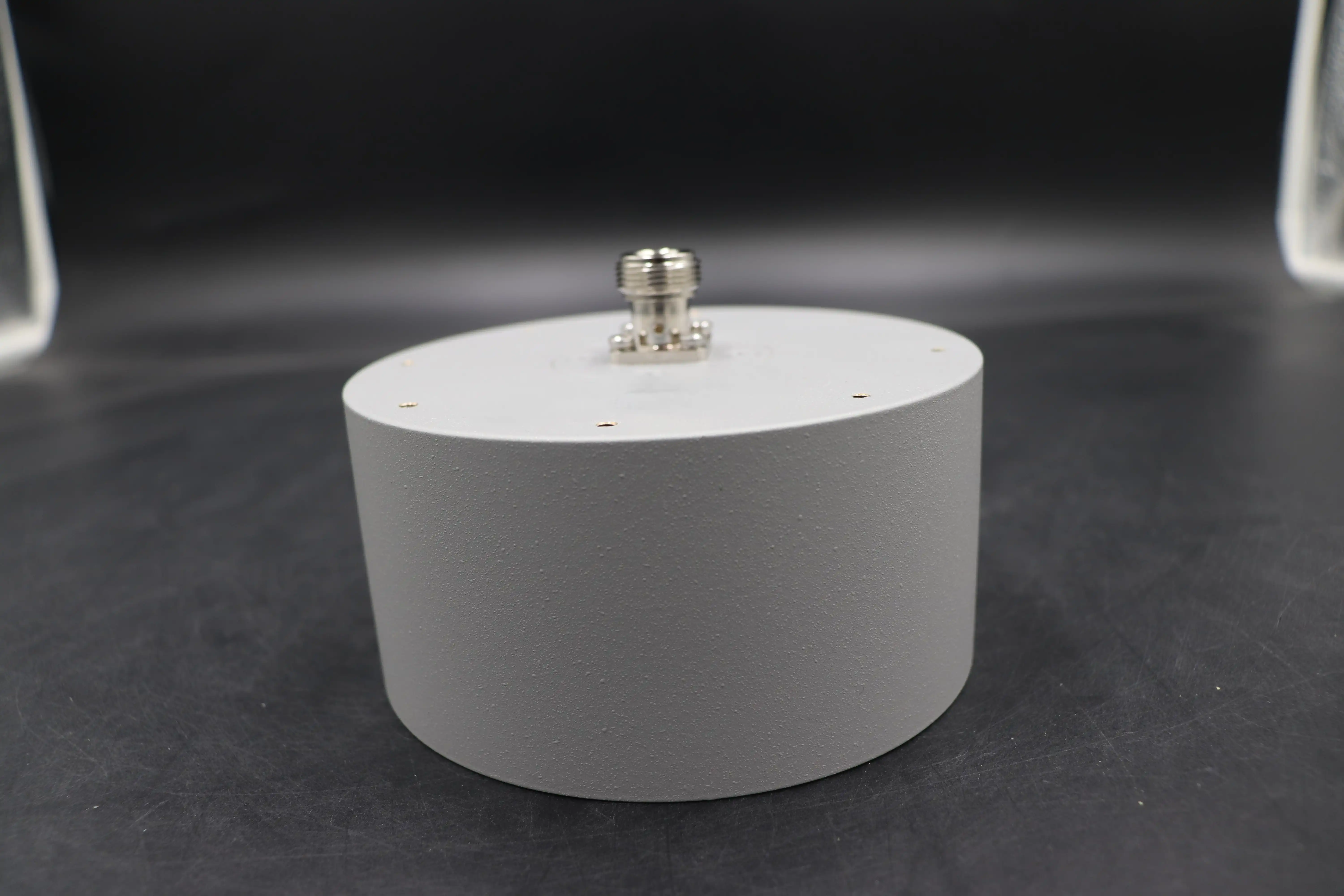
Application Landscapes and Implementation Considerations
Satellite Communication Systems: Comparative Advantages
In satellite communication applications, antenna selection represents a critical design decision that significantly impacts system performance. Traditional parabolic dish antennas have dominated this domain for decades, offering high directivity and gain but at the cost of bulky mechanical structures, narrow bandwidth limitations, and complex pointing mechanisms. Planar spiral antennas present compelling advantages in specific satellite communication scenarios, particularly where size, weight, and multi-frequency operation take precedence. The Planar Spiral Antenna from Advanced Microwave Technologies excels in satellite communication systems requiring circular polarization—a natural characteristic of spiral designs that eliminates the need for additional polarization components. This intrinsic circular polarization capability minimizes signal losses due to polarization mismatch and mitigates Faraday rotation effects encountered when signals traverse the ionosphere. Additionally, the exceptional bandwidth capabilities spanning from 1 GHz to 40 GHz enable a single antenna to handle multiple satellite bands simultaneously, from L-band through Ka-band services. This multi-band functionality drastically simplifies RF front-end architectures in satellite communication terminals, reducing component count, integration complexity, and overall system cost while maintaining reliable performance across various satellite services and frequencies.
Defense and Aerospace Applications: Technical Implementation
The defense and aerospace sectors impose particularly demanding requirements on antenna systems, necessitating solutions that combine electrical performance with mechanical robustness and environmental resilience. Traditional antenna implementations in these domains often involve complex arrays or mechanically steered systems that add weight, increase failure points, and consume valuable space and power resources. Planar spiral antennas offer unique advantages in electronic warfare, signals intelligence, and radar warning receiver applications due to their inherent wideband operation and direction-finding capabilities. Advanced Microwave Technologies' Planar Spiral Antenna provides defense systems with the ability to monitor vast portions of the electromagnetic spectrum simultaneously without switching between multiple antennas. The antenna's compact design, weighing significantly less than comparable traditional solutions, contributes to reduced platform weight—a critical factor in aerospace applications where every gram impacts fuel efficiency and operational range. Furthermore, the low-profile nature of these antennas minimizes radar cross-section contributions, an essential consideration in modern stealth platforms. The technical implementation of planar spiral antennas in these applications leverages their ability to operate at low VSWR values across multiple frequency bands, ensuring efficient energy transfer and maximum sensitivity for detection systems tasked with identifying and characterizing emerging electromagnetic threats.
Research and Development Environments: Flexibility Advantages
Research and development environments present unique challenges for antenna selection due to rapidly changing requirements, experimental protocols, and the need for flexible, reconfigurable test systems. Traditional antenna approaches often require researchers to maintain extensive libraries of different antenna types to cover various frequency bands and polarization requirements, complicating inventory management and increasing equipment costs. Planar spiral antennas offer significant advantages in R&D settings by providing extraordinary bandwidth flexibility from a single device. The Planar Spiral Antenna from Advanced Microwave Technologies serves as an exceptionally versatile laboratory instrument, enabling researchers to conduct experiments across multiple frequency bands without changing antenna hardware. This capability dramatically accelerates test cycles and improves experimental reproducibility by eliminating variables associated with antenna substitution. Additionally, the customization options available through Advanced Microwave's OEM services allow research institutions to obtain precisely tailored antenna solutions optimized for specific experimental parameters. These customization capabilities extend to frequency range modifications, material selections optimized for particular environmental conditions, and dimensional adjustments to accommodate integration constraints. The rapid prototyping services offered by Advanced Microwave further enhance the value proposition for R&D applications by providing quick turnaround on experimental designs, allowing researchers to iteratively refine their approaches without lengthy procurement delays typically associated with specialized antenna acquisitions.
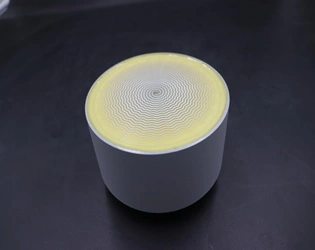
Conclusion
Planar spiral antennas represent a significant advancement over traditional antenna designs, offering exceptional bandwidth performance, compact form factors, and inherent circular polarization within a durable package. As demonstrated throughout this analysis, Advanced Microwave Technologies' Planar Spiral Antenna delivers superior performance across satellite communications, defense applications, and research environments where conventional antennas fall short. These advantages stem from fundamental architectural differences that prioritize frequency-independent operation and efficient electromagnetic coupling.
Looking to enhance your communication systems with cutting-edge antenna technology? Advanced Microwave Technologies offers unmatched expertise with over 20 years of experience in microwave product development. Our ISO:9001:2008 certified and RoHS compliant products are backed by advanced testing capabilities up to 110 GHz, a professional R&D team, and comprehensive after-sales support. Whether you need rapid prototyping, custom specifications, or technical guidance, our global export capabilities ensure you receive optimal solutions with quick turnaround times and competitive pricing. Contact us today at mia@admicrowave.com to discover how our Planar Spiral Antennas can revolutionize your wireless communication systems.
References
1.Johnson, R.C. and Jasik, H. (2022). Antenna Engineering Handbook: Comparative Analysis of Modern Antenna Designs. McGraw-Hill Professional.
2.Smith, P.L. and Weiss, M.A. (2023). "Performance Evaluation of Planar Spiral Antennas in Satellite Communication Systems." IEEE Transactions on Antennas and Propagation, 71(3), 1425-1437.
3.Zhang, W., Liu, Y., and Wong, K.L. (2022). "Wideband Characteristics of Modern Planar Spiral Antenna Configurations." Journal of Electromagnetic Waves and Applications, 36(8), 1023-1038.
4.Balanis, C.A. (2021). Advanced Antenna Theory: Principles and Design. Wiley-IEEE Press.
5.Fernandez, E.M. and Rodriguez, J.A. (2023). "Material Selection Impact on Planar Spiral Antenna Performance in Aerospace Applications." Progress In Electromagnetics Research, 175, 89-103.
6.Chen, Z.N., Liu, D., and Nakano, H. (2022). Handbook of Antenna Technologies: From Theory to Application in Modern Communication Systems. Springer.




